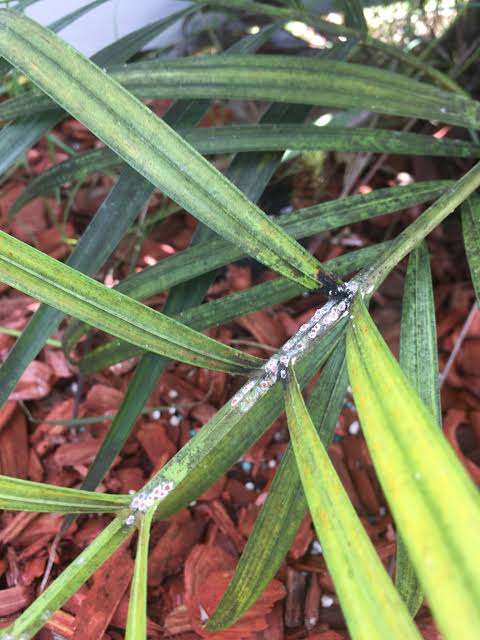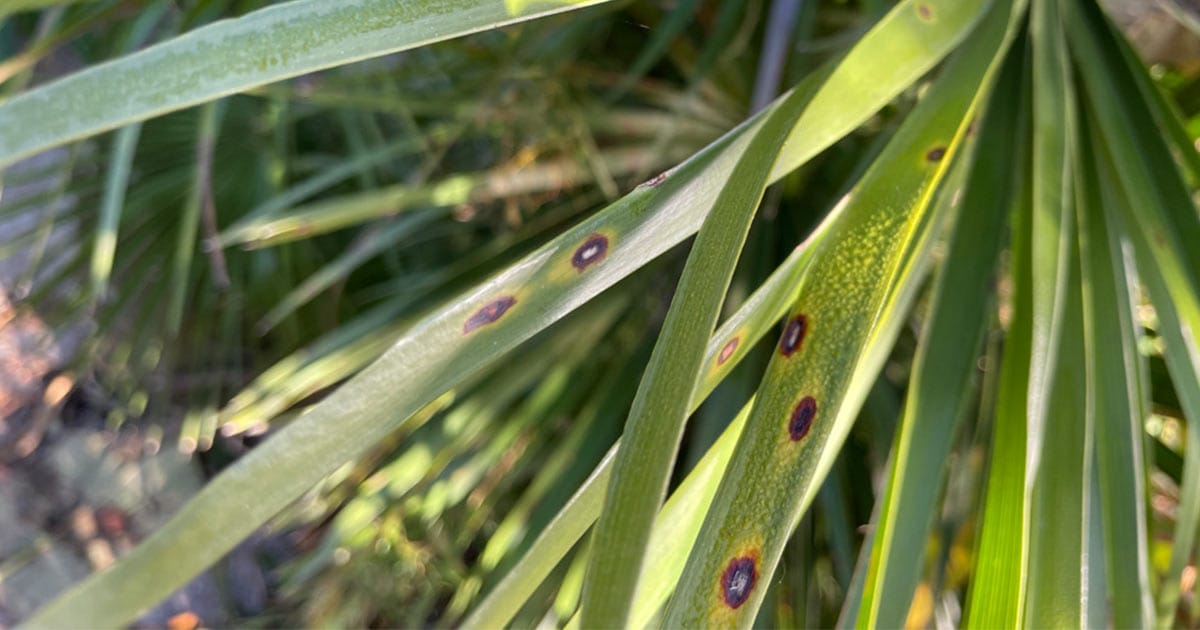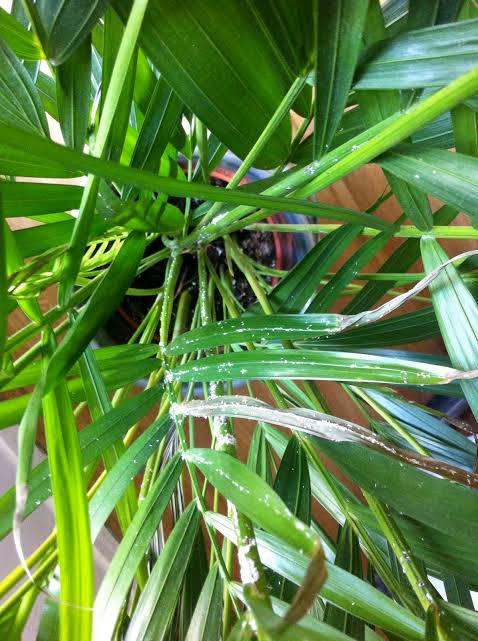Champion Palm Plant
Champion Palm, a specific palm variety, may have varying care requirements. Generally, provide well-draining soil, appropriate sunlight, and regular watering. Pruning and fertilizing practices may vary based on the specific characteristics of this palm.
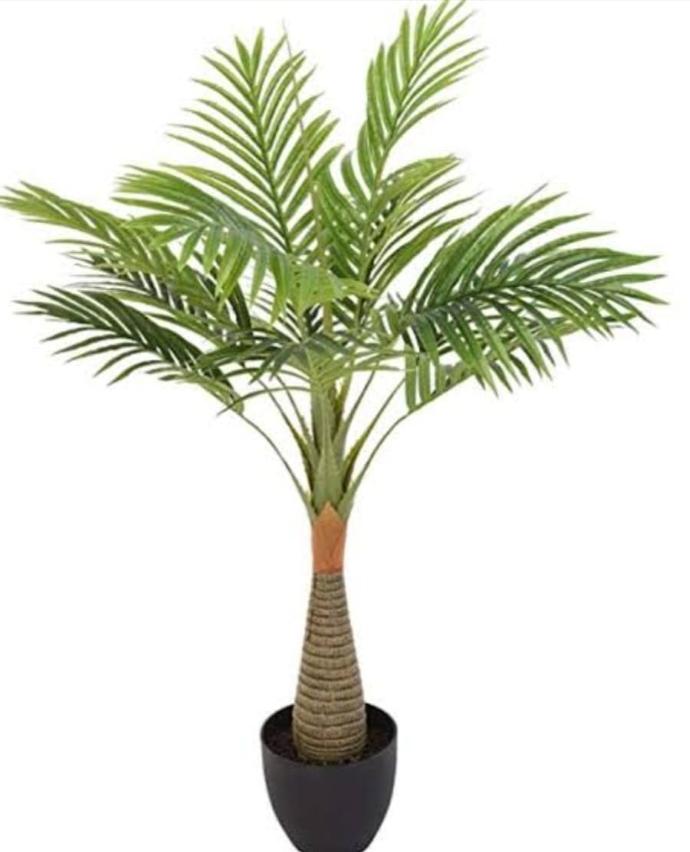
Habit
Palm
Height
Varies
Growth
Moderate
Soil
Well Drained, Loamy
Shade
Indirect light to sun
Moisture
Moist
Edible
No
Medicinal
No
Yield Per Plant
Partial shade
NPK ratio
Moderate
life Span
No
Health Benefits
Yes
Flowering Time
Partial shade
Soil Ph level
Moderate
Water Ph level
No
Soil EC
Yes
Origin
Partial shade
Climatic Condition
Moderate
Temperature (°)
No
Humidity (%)
Yes
Potting media
Partial shade
Fertilizers
Moderate
Watering
No
Plant Weight
Yes
Flowering Time
Partial shade
Soil Ph level
Moderate
Water Ph level
No
Soil EC
Yes
Yield Per Plant
Ornamental
NPK ratio
Moderate
life Span
No
Health Benefits
Yes
Suggested Grow Media or Potting Mix ?
50% peat moss, 30% pine bark, 20% perlite
Suggested Fertigation/Fertilizers
Fertilize every 4 weeks with a balanced, water-soluble fertilizer.
Common Diseases and Remedies
Root rot
soft black spots , squishy stems and bad smell coming from the soil
Gently but firmly, clean the roots.
HEALTH BENEFITS
· Improves air quality when grown indoors.
· The berries of Sabal palmetto are traditionally used for prostate health.
What Is An Champion Palm Tree?
Champion Palm is an ornamental plant. This plant is easy to grow. On palm trees, when the leaves fall or fall, they leave traces in the form of a circle or semicircle. When fully grown, champion palms have swollen trunks that, mythically, are believed to store water. This palm has only 4-6 leaves open at a time, and the flowers bloom just below the crown axis. These palm trees only grow up to 10 feet (3 m) in height.
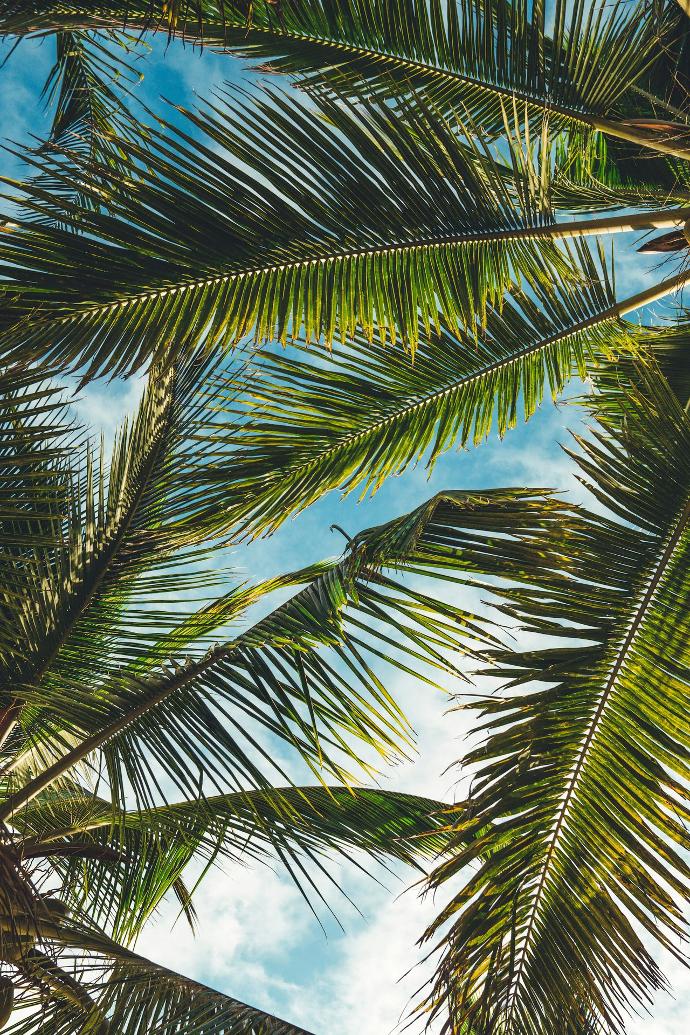
What Are The Different Types Of Champion Palm Plants?
1. Royal Palm (Roystonea spp.)
Royal palms are known for their tall stature and graceful foliage and are often considered landmarks in tropical landscapes.
2. Foxtail palm (Wodyetia bifurcata)
Named for its distinctive foxtail-like leaves, this palm is popular for its ornamental value.
3. Date palm (Phoenix dactylifera)
Cultivated for its delicious fruit, date palms are also prized for their decorative appearance and hardiness.
4. Queen Palm (Syagrus romanzoffiana)
With its feathery leaves and slender trunk, the queen palm is a popular choice for landscaping in warm climates.
5. Windmill Palm (Trachycarpus Fortunei)
The windmill palm is characterized by its hairy trunk and compact crown of fan-shaped leaves. It is cold resistant and suitable for warm climates.

How to care for Champion palm Plants ?
1. Location
The location where you grow your champion palm tree is critical to its health and vitality. These palms typically grow in tropical or subtropical climates with plenty of sunlight and well-drained soil. Sunlight is essential for photosynthesis and overall growth, so when choosing a location, prioritize areas that receive at least 6 to 8 hours of direct sunlight each day. Also, make sure the location you choose is protected from strong winds, as excessive winds can damage the delicate foliage of palm trees.
2. sun shine
Sunlight is essential for the healthy growth of champion palms. These palms thrive in full sun and usually require at least 6 to 8 hours of direct sunlight per day. Sunlight is very important for photosynthesis, the process by which plants convert light energy into chemical energy to promote growth and development. When choosing a location for your champion palm, prioritize a location that receives plenty of sunlight throughout the day. Choose a location that will not be blocked by tall buildings.
3. Soil
Soil conditions play an important role in the health and vigor of champion palms. These palm trees grow in well-drained soil that allows water to pass through freely and prevents waterlogging that can cause root rot and other problems. Ideally, champion palms prefer sandy or loamy soils with good drainage. However, if your soil is heavy clay or compacted, it is important to incorporate organic matter, such as compost or peat moss, into the soil to improve drainage. This aerates the soil and improves its ability to drain excess water effectively. Additionally, it is beneficial for champion palms to maintain soil pH levels between slightly acidic and neutral.
4. Hydration
Proper hydration is critical to the health and vitality of champion palms. These palm trees require regular watering to grow, especially during dry periods or when newly planted. However, it is important to find a balance and avoid overwatering. This can cause waterlogging and root rot. When watering champion palms, it is best to water deeply but often. This promotes deep root development and makes the palm tree more tolerant of drought conditions. Allow the soil to dry slightly between watering to avoid waterlogging.
5. Nutrition
When fertilizing champion palms, it is important to use a balanced palm fertilizer designed specifically for palms. Look for fertilizers that contain balanced proportions of NPK (nitrogen, phosphorus, and potassium) and micronutrients such as magnesium, manganese, and iron. Generally, apply fertilizer according to the manufacturer's instructions during the spring and summer growing seasons. Avoid over-fertilizing as this can cause nutritional imbalance and damage the palm roots. Follow the recommended dosage and frequency on the fertilizer label.
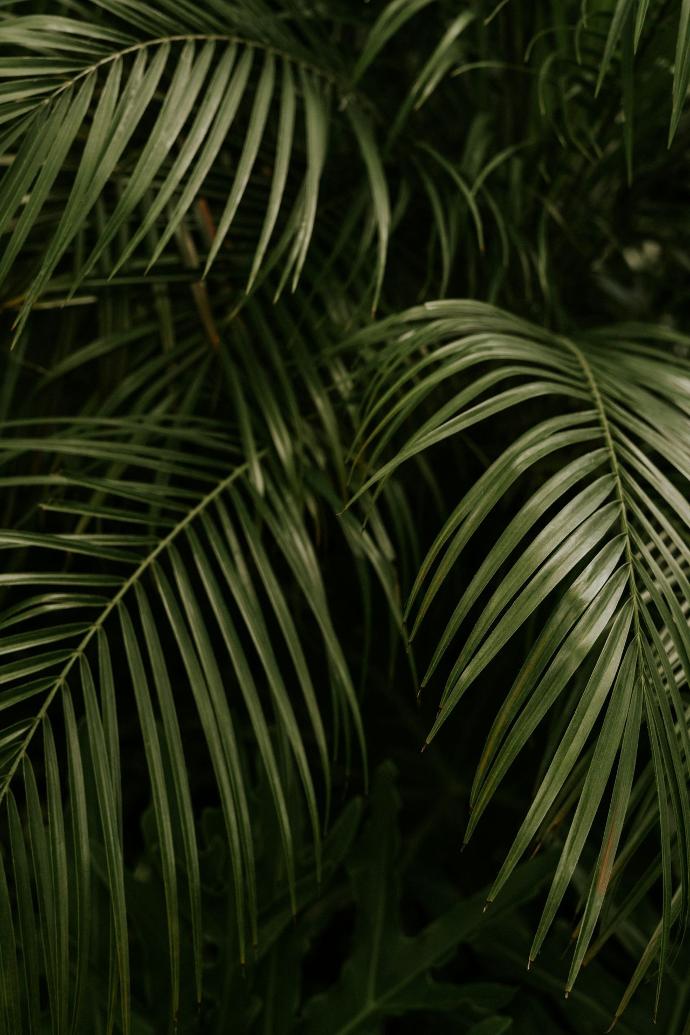
6) Issues
Champion palms can be susceptible to pests such as scale insects, mealybugs, spider mites, and palm aphids. These pests can feed on palm tree leaves, causing damage and transmitting diseases. Regularly inspecting the leaves and trunk of your palm tree will help detect pest infestations early. Palm trees can be susceptible to fungal diseases such as stonecrop buttress blight, Fusarium wilt, and various spot diseases. Symptoms may include yellowing or browning of leaves, blackening of stem tissue, and wilting. Proper hygiene, good cultural practices, and antiseptic treatments can help treat fungal diseases.
What are the Benefits of Champion palm Plants ?
Champion palms enhance the visual appeal of landscapes with their graceful foliage, attractive leaves, and iconic palm shape. Add tropical elegance and calm to gardens, parks and urban areas. Champion palms' dense canopies provide shade and help reduce outdoor ambient temperatures. This shade not only creates a more comfortable climate for humans, but also protects sensitive plants from excessive heat and sunlight.
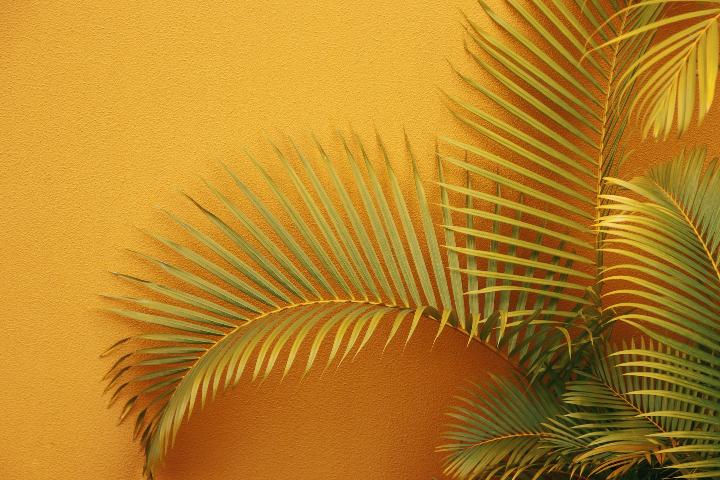
FAQs About Growing Champion Palms
1.Where can champion palms be found?
Champion palms can be found in various regions around the world where palm trees grow naturally or have been cultivated. They are often located in botanical gardens, parks, and natural habitats.
2. What are some common species of champion palms?
Common species of champion palms include the coconut palm (Cocos nucifera), royal palm (Roystonea regia), date palm (Phoenix dactylifera), and various species of fan palms (e.g., Washingtonia and Sabal).
3.Are champion palms protected or preserved?
Champion palms can often be visited in botanical gardens, arboretums, or public parks that feature collections of palm trees. Some organizations may also maintain lists or databases of champion trees, including palms, which can help enthusiasts locate them.
4. How can I visit or see champion palms?
Champion palms can often be visited in botanical gardens, arboretums, or public parks that feature collections of palm trees. Some organizations may also maintain lists or databases of champion trees, including palms, which can help enthusiasts locate them.
5. Can I grow a champion palm in my garden?
While growing a champion palm in a home garden may not result in a specimen of record-breaking size, many palm species are suitable for cultivation in tropical and subtropical climates. Careful selection of species, proper planting, and maintenance can help palms thrive in home landscapes
